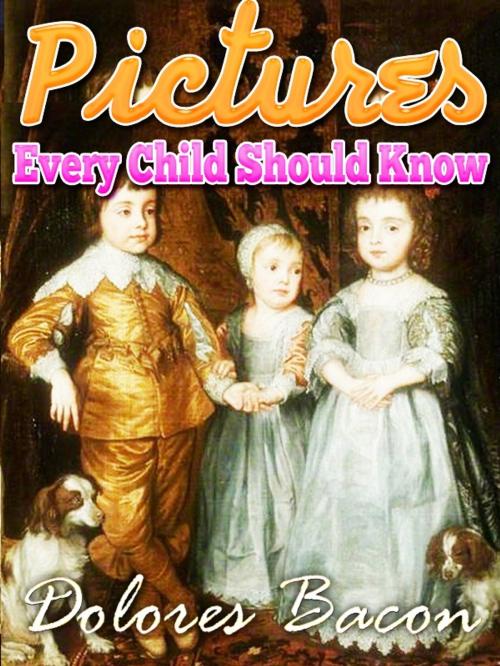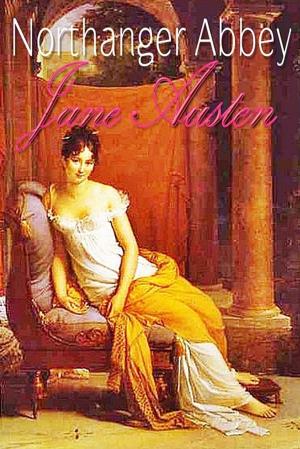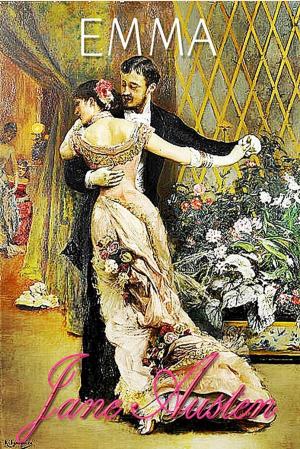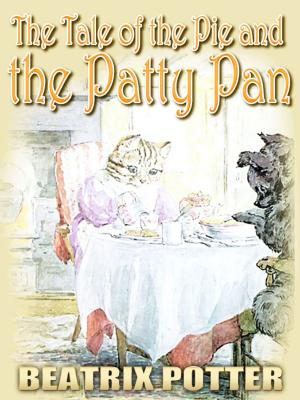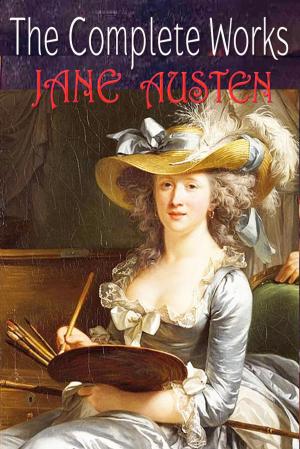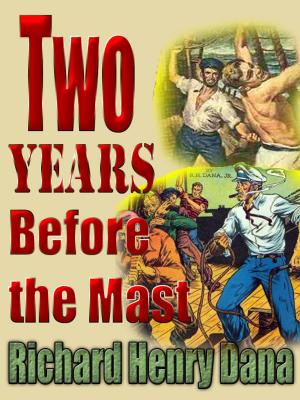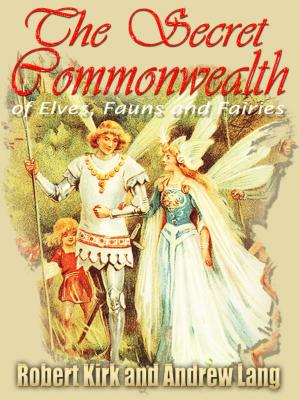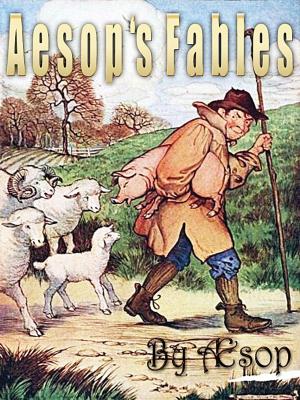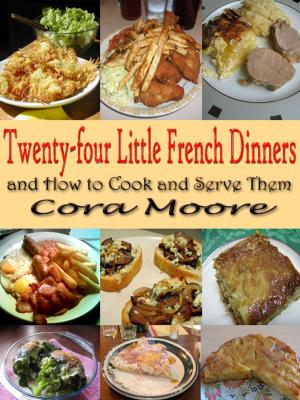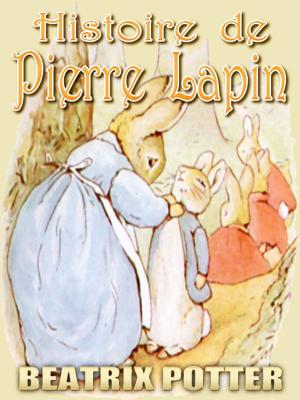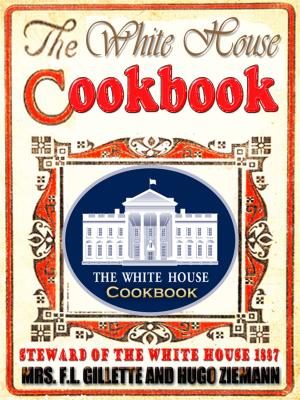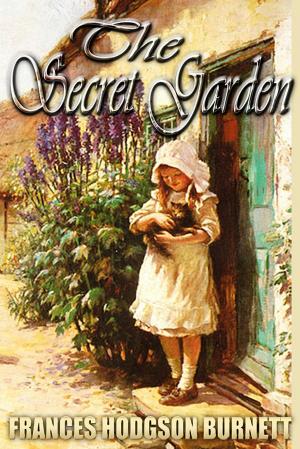Pictures Every Child Should Know A SELECTION OF THE WORLD'S ART MASTERPIECES FOR YOUNG PEOPLE
New Fully illustrated in colour
Biography & Memoir, Artists, Architects & Photographers, Nonfiction, Art & Architecture| Author: | Mary Schell Hoke Bacon | ISBN: | 1230000036406 |
| Publisher: | Higs Publishing | Publication: | December 3, 2012 |
| Imprint: | Language: | English |
| Author: | Mary Schell Hoke Bacon |
| ISBN: | 1230000036406 |
| Publisher: | Higs Publishing |
| Publication: | December 3, 2012 |
| Imprint: | |
| Language: | English |
Man's inclination to decorate his belongings has always been one of the earliest signs of civilisation. Art had its beginning in the lines indented in clay, perhaps, or hollowed in the wood of family utensils; after that came crude colouring and drawing.
Among the first serious efforts to draw were the Egyptian square and pointed things, animals and men. The most that artists of that day succeeded in doing was to preserve the fashions of the time. Their drawings tell us that men wore their beards in bags. They show us, also, many peculiar head-dresses and strange agricultural implements. Artists of that day put down what they saw, and they saw with an untrained eye and made the record with an untrained hand; but they did not put in false details for the sake of glorifying the subject. One can distinguish a man from a mountain in their work, but the arms and legs embroidered upon Mathilde's tapestry, or the figures representing family history on an Oriental rug, are quite as correct in drawing and as little of a puzzle. As men became more intelligent, hence spiritualised, they began to express themselves in ideal ways; to glorify the commonplace; and thus they passed from Egyptian geometry to gracious lines and beautiful colouring.
Indian pottery was the first development of art in America and it led to the working of metals, followed by drawing and portraiture. Among the Americans, as soon as that term ceased to mean Indians, art took a most distracting turn. Europe was old in pictures, great and beautiful, when America was worshipping at the shrine of the chromo; but the chromo served a good turn, bad as it was. It was a link between the black and white of the admirable wood-cut and the true colour picture.
Some of the Colonists brought over here the portraits of their ancestors, but those paintings could not be considered "American" art, nor were those early settlers Americans; but the generation that followed gave to the world Benjamin West. He left his Mother Country for England, where he found a knighthood and honours of every kind awaiting him.
The earliest artists of America had to go away to do their work, because there was no place here for any men but those engaged in clearing land, planting corn, and fighting Indians. Sir Benjamin West was President of the Royal Academy while America was still revelling in chromos. The artists who remained chose such objects as Davy Crockett in the trackless forest, or made pictures of the Continental Congress.
CONTENTS
INTRODUCTION
I. Andrea del Sarto, Florentine School, 1486-1531
II. Michael Angelo (Buonarroti), Florentine School, 1475-1564
III. Arnold Böcklin, Modern German School, 1827-1901
IV. Marie-Rosa Bonheur, French School, 1822-1899
V. Alessandro Botticelli, Florentine School, 1447-1510
VI. William Adolphe Bouguereau, French (Genre) School 1825-1905
VII. Sir Edward Burne-Jones, English (Pre-Raphaelite) School, 1833-1898
VIII. John Constable, English School, 1776-1837
IX. John Singleton Copley, English School, 1737-1815
X. Jean Baptiste Camille Corot, Fontainebleau-Barbizon School, 1796-1875
XI. Correggio (Antonio Allegri), School of Parma, 1494(?)--1534
XII. Paul Gustave Doré, French School, 1833-1883
XIII. Albrecht Dürer, Nuremberg School, 1471-1528
XIV. Mariano Fortuny, Spanish School, 1838-1874
XV. Thomas Gainsborough, English School, 1727-1788
XVI. Jean Léon Gérôme, French Semi-classical School, 1824-1904
XVII. Ghirlandajo, Florentine School, 1449-1494
XVIII. Giotto (di Bordone), Florentine School, 1276-1337
XIX. Franz Hals, Dutch School, 1580-84-1666
XX. Meyndert Hobbema, Dutch School, 1637-1709
XXI. William Hogarth, School of Hogarth (English), 1697-1764
XXII. Hans Holbein, the Younger, German School, 1497-1543
XXIII. William Holman Hunt, English (Pre-Raphaelite) School, 1827-
XXIV. George Inness, American, 1825-1897
XXV. Sir Edwin Henry Landseer, English School, 1802-1873
Man's inclination to decorate his belongings has always been one of the earliest signs of civilisation. Art had its beginning in the lines indented in clay, perhaps, or hollowed in the wood of family utensils; after that came crude colouring and drawing.
Among the first serious efforts to draw were the Egyptian square and pointed things, animals and men. The most that artists of that day succeeded in doing was to preserve the fashions of the time. Their drawings tell us that men wore their beards in bags. They show us, also, many peculiar head-dresses and strange agricultural implements. Artists of that day put down what they saw, and they saw with an untrained eye and made the record with an untrained hand; but they did not put in false details for the sake of glorifying the subject. One can distinguish a man from a mountain in their work, but the arms and legs embroidered upon Mathilde's tapestry, or the figures representing family history on an Oriental rug, are quite as correct in drawing and as little of a puzzle. As men became more intelligent, hence spiritualised, they began to express themselves in ideal ways; to glorify the commonplace; and thus they passed from Egyptian geometry to gracious lines and beautiful colouring.
Indian pottery was the first development of art in America and it led to the working of metals, followed by drawing and portraiture. Among the Americans, as soon as that term ceased to mean Indians, art took a most distracting turn. Europe was old in pictures, great and beautiful, when America was worshipping at the shrine of the chromo; but the chromo served a good turn, bad as it was. It was a link between the black and white of the admirable wood-cut and the true colour picture.
Some of the Colonists brought over here the portraits of their ancestors, but those paintings could not be considered "American" art, nor were those early settlers Americans; but the generation that followed gave to the world Benjamin West. He left his Mother Country for England, where he found a knighthood and honours of every kind awaiting him.
The earliest artists of America had to go away to do their work, because there was no place here for any men but those engaged in clearing land, planting corn, and fighting Indians. Sir Benjamin West was President of the Royal Academy while America was still revelling in chromos. The artists who remained chose such objects as Davy Crockett in the trackless forest, or made pictures of the Continental Congress.
CONTENTS
INTRODUCTION
I. Andrea del Sarto, Florentine School, 1486-1531
II. Michael Angelo (Buonarroti), Florentine School, 1475-1564
III. Arnold Böcklin, Modern German School, 1827-1901
IV. Marie-Rosa Bonheur, French School, 1822-1899
V. Alessandro Botticelli, Florentine School, 1447-1510
VI. William Adolphe Bouguereau, French (Genre) School 1825-1905
VII. Sir Edward Burne-Jones, English (Pre-Raphaelite) School, 1833-1898
VIII. John Constable, English School, 1776-1837
IX. John Singleton Copley, English School, 1737-1815
X. Jean Baptiste Camille Corot, Fontainebleau-Barbizon School, 1796-1875
XI. Correggio (Antonio Allegri), School of Parma, 1494(?)--1534
XII. Paul Gustave Doré, French School, 1833-1883
XIII. Albrecht Dürer, Nuremberg School, 1471-1528
XIV. Mariano Fortuny, Spanish School, 1838-1874
XV. Thomas Gainsborough, English School, 1727-1788
XVI. Jean Léon Gérôme, French Semi-classical School, 1824-1904
XVII. Ghirlandajo, Florentine School, 1449-1494
XVIII. Giotto (di Bordone), Florentine School, 1276-1337
XIX. Franz Hals, Dutch School, 1580-84-1666
XX. Meyndert Hobbema, Dutch School, 1637-1709
XXI. William Hogarth, School of Hogarth (English), 1697-1764
XXII. Hans Holbein, the Younger, German School, 1497-1543
XXIII. William Holman Hunt, English (Pre-Raphaelite) School, 1827-
XXIV. George Inness, American, 1825-1897
XXV. Sir Edwin Henry Landseer, English School, 1802-1873
